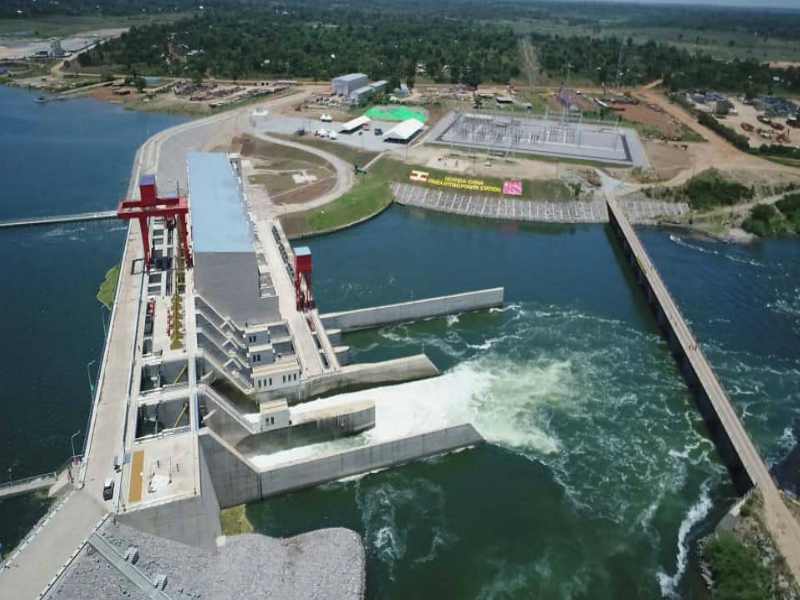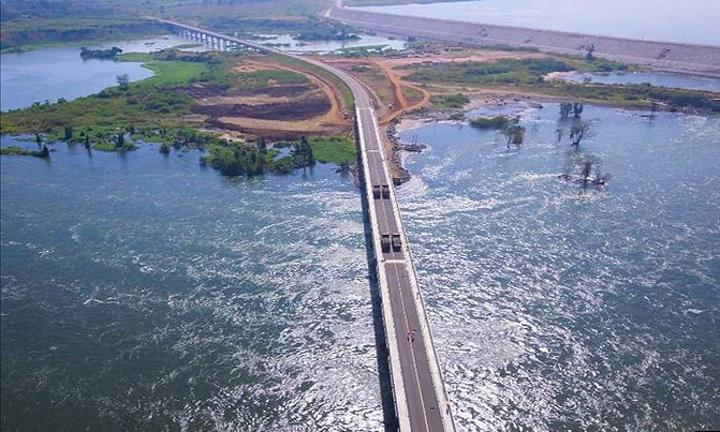Access to electricity is at the heart of socio-economic development. It impacts a wide range of development indicators, including health, education, food security, gender equality, livelihoods, and poverty reduction.
The NRM government believes that the availability of a sufficient supply of affordable energy is a prerequisite for socio-economic development and so in 2005, a decision was taken to invest in power generation so as to stem low supply. Today the total Installed hydropower Generation Capacity has grown to 1800 MW from 400 MW in 2000.
This has been achieved in part due to the construction of the Isimba dam. The 188.2MW Isimba hydropower project (HPP) is one of the most important power projects that the Ugandan Government has initiated on the White Nile to ease the severe power shortages in Uganda and accelerate the development of the local economy.

Considered to be the third biggest HPP in Uganda, the Isimba HPP is expected to generate hydroelectric power at 68 cents per kWh, the lowest in East Africa.
The Nile River-based Power Plant started commercial operations in 2019 with an installed capacity of 183.2MW from four vertical Kaplan turbine-generator units with a capacity of 45.8MW per unit.
During the Power Plant construction, numerous Community Development Action Plan (CDAP) projects like medical centers, schools & public toilets which have improved the livelihoods of the community were undertaken. The Isimba Public Bridge was also constructed which has eased transportation across the districts of Kayunga and Kamuli.
With Isimba HPP and other plants that are still under construction, Uganda will have cheap and sufficient power that will greatly support the country’s industrialization agenda. In addition to the Isimba Dam, the 600-megawatt Karuma Hydropower Dam, in Northern Uganda is near completion, once fully operational, the two hydropower dams will nearly double Uganda’s power supply.
The Isimba hydropower project was developed in line with the Government of Uganda’s National Development Plan NDP II and Vision 2040, which are aimed at generating sufficient electricity to meet the future needs of Uganda.
Twitter | @JoshMushwa















































Discussion about this post